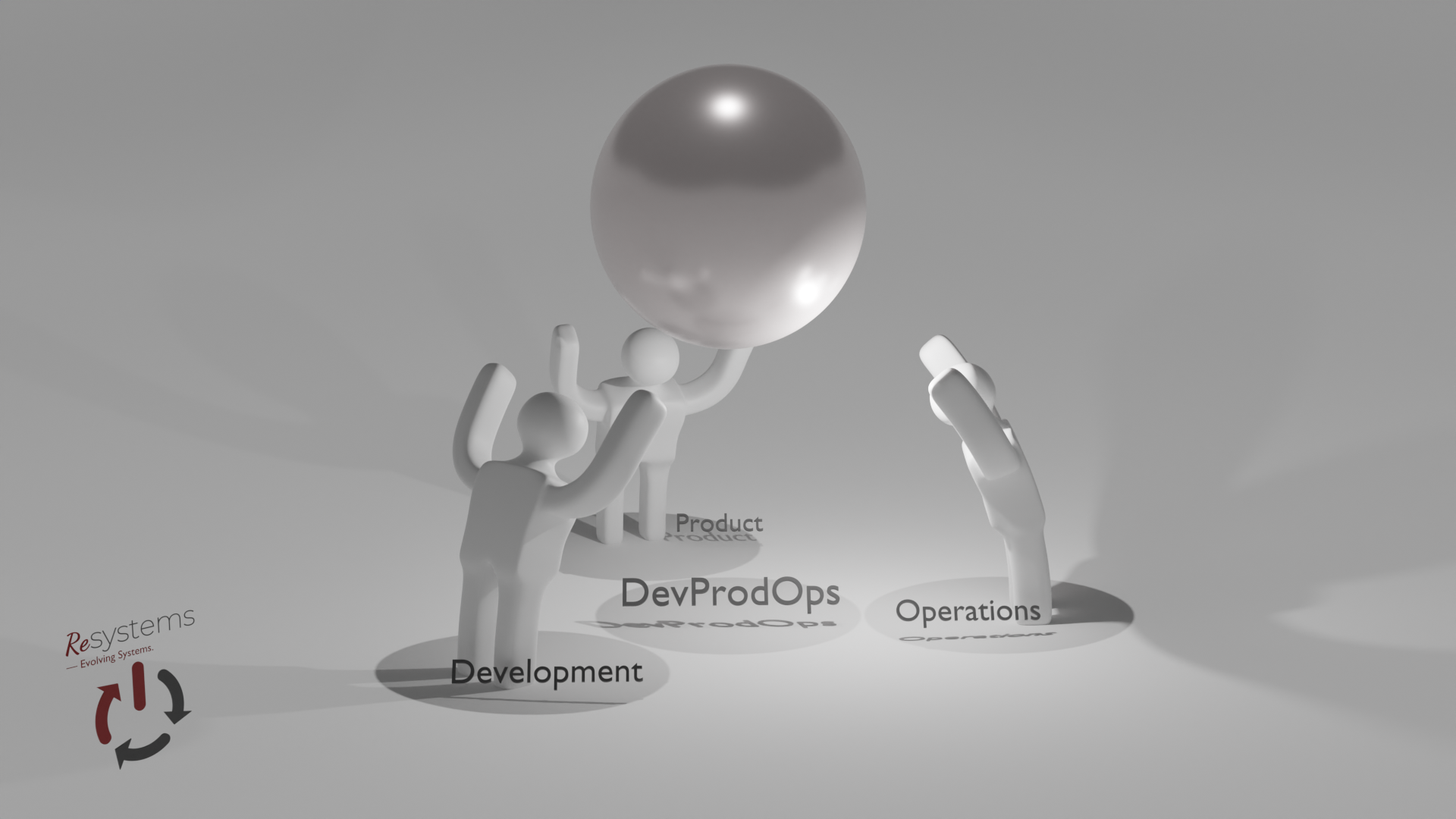Many hats? Maybe you need many heads.

Humans have been building complex systems for many centuries. However, we have only been building digital systems since late in the last century. The complexity of the digital systems we have been building has mushroomed within a few short decades. Yet we are under pressure to deliver faster. Ultimately, this requires teams that demonstrate considered and mature approaches to enable continual and effective delivery of business value.
For many, DevOps has been seen as the solution to maintaining, enabling and supporting rapid and ongoing delivery of our digital creations and products.
We have heard our dev teams call for the inclusion of DevOps. We have seen our hiring strategies shift towards seeking to fill DevOps roles. We have seen our competitors expound on, and extol the benefits and successes of DevOps in their curated social media feeds.
And yet, somehow, there is still this nagging feeling that the that we still continue to experience inherent problems as we try to materially realise the visions that we have for our products and digital systems.
Taking a step back, it is valuable to acknowledge that the realisation of complex software centric digital systems is necessarily the result of the efforts of many different stakeholders and skill sets. To name just a few, we need:
- backend software developers
- release management engineers
- software architects
- product designers
- market researchers
- investors
- graphic designers
- frontend software developers
- process analysts
- cloud deployment specialists
- continuous integration specialists
- technical sales
- build system specialists
- security specialists
- project managers
- site reliability engineers
And with all these skill sets and individuals involved in the delivery of a product, as individuals, we are implicitly drawn to look for the seat of the overarching responsibility and coordination.
If we start by grouping the above skills and activities we could construct three broad categories:
- development
- operations
- product
With these divisions in mind, we could summarise our initial difficulties as:
- Needing to continually, and rapidly, release the outputs of our developers into an operationally supported setting, so that the resultant system can be evaluated by the product team and exposed to the market.
While reasonable at first glance, this summary sets up an “us and them” view of dev & ops needing to rapidly and repeatedly expose their results to the product team.
However, the activities of dev & ops are complex and span numerous skills, subsystems and resources. And these team members are under pressure.
There is a distinct sense that we need to package the output of dev & ops as a singular artefact. We need DevOps, not just Dev or Ops.
Now it feels like the problem has been well packaged since we can just hire DevOps people.
Yet, somehow, the problems persist. We still experience tensions in our teams, we still feel an “us and them” between the business teams and the technical teams, and all the team members still struggle with the overarching complexity.
Teams push forward, however, and slowly a level of calm and maturity starts to take hold. Teams grow and the individuals embrace the richness of the different skill sets that they find around them. People in the teams start to understand the relationships between themselves and other players, and they begin to trust that they can and should delegate some tasks, or expect to be made aware of tasks that they themselves are best suited to perform.
However, this maturity is really the result of teams embracing the multidisciplinary nature of building complex digital systems.
Here at Resystems we believe that the growth of this team maturity and synergy can be accelerated by engaging directly with all stakeholders, from product to development to operations. By embracing the multidisciplinary nature of the undertaking, and by building technical pathways, coordination processes and familiarity into the organisation.
Then business visions can be realised fluidly, flowing around obstacles and reaching full investment potential.